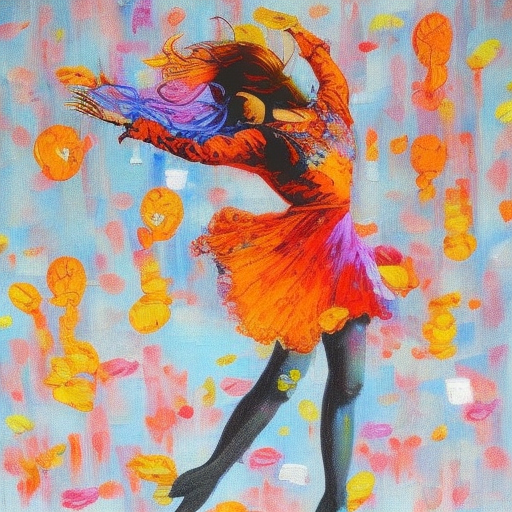Summary: Sound design is the process of creating and manipulating audio elements to enhance the overall experience of a film, video game, theater production, or any other form of media. It involves the careful selection and placement of sounds, such as dialogue, music, and effects, to create a specific atmosphere and convey emotions. Sound designers use a variety of techniques and tools to achieve their desired results, including recording, editing, and mixing audio. The field of sound design has evolved significantly over the years, becoming an essential component of modern media production.
Introduction
Sound design is an integral part of the multimedia industry, encompassing various disciplines such as film, video games, theater, and virtual reality. It involves the creation and manipulation of audio elements to enhance the overall experience and immerse the audience in the story. Sound designers work closely with directors, producers, and other members of the creative team to create a soundscape that complements the visual elements and evokes specific emotions.
The Process of Sound Design
The process of sound design typically begins with a thorough analysis of the project’s requirements and objectives. The sound designer collaborates with the creative team to understand the desired mood, tone, and overall aesthetic of the production. This initial phase also involves identifying key sound elements, such as dialogue, music, and effects, that will be used to convey the story.
Once the sound elements have been identified, the sound designer proceeds to gather or create the necessary audio assets. This may involve recording dialogue, sourcing or composing music, and capturing or generating sound effects. The sound designer may also manipulate and process these assets using various techniques, such as equalization, compression, and reverb, to achieve the desired sonic characteristics.
After the audio assets have been collected and processed, the sound designer begins the process of mixing. This involves balancing the levels of different sound elements, adjusting their spatial placement, and creating a cohesive sonic experience. The sound designer may also apply additional effects and processing during the mixing stage to enhance the overall impact of the sound design.
Tools and Techniques
Sound designers utilize a wide range of tools and techniques to achieve their desired results. They may use specialized software for recording, editing, and mixing audio, such as Pro Tools, Logic Pro, or Ableton Live. These software packages provide a comprehensive set of features and plugins that enable sound designers to manipulate and shape sound in creative ways.
In addition to software, sound designers also rely on various hardware equipment, such as microphones, synthesizers, and samplers, to capture and generate audio. They may also use field recording equipment to capture real-world sounds that can be incorporated into their designs.
Applications of Sound Design
Sound design finds applications in a wide range of media, including film, video games, theater, and virtual reality. In film, sound design plays a crucial role in creating a realistic and immersive experience. It helps to establish the setting, enhance the emotional impact of the story, and guide the audience’s attention.
In video games, sound design is essential for creating an engaging and interactive experience. It helps to provide feedback to the player, establish the game world, and enhance the overall atmosphere. Sound design in theater serves a similar purpose, helping to set the mood, create a sense of place, and support the narrative.
In virtual reality, sound design is particularly important as it contributes to the overall sense of presence and immersion. By accurately representing spatial audio cues, sound design helps to create a convincing and realistic virtual environment.
Conclusion
Sound design is a vital component of modern media production, enhancing the overall experience and immersing the audience in the story. It involves the careful selection and manipulation of audio elements to create a specific atmosphere and convey emotions. Sound designers utilize a variety of tools and techniques to achieve their desired results, working closely with the creative team to bring their vision to life. Whether it’s in film, video games, theater, or virtual reality, sound design plays a crucial role in creating a compelling and immersive audiovisual experience.












